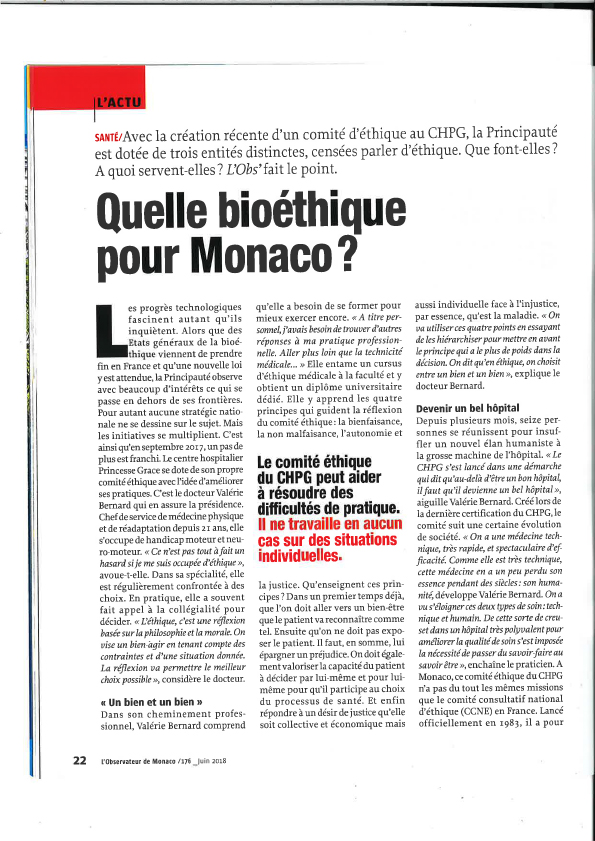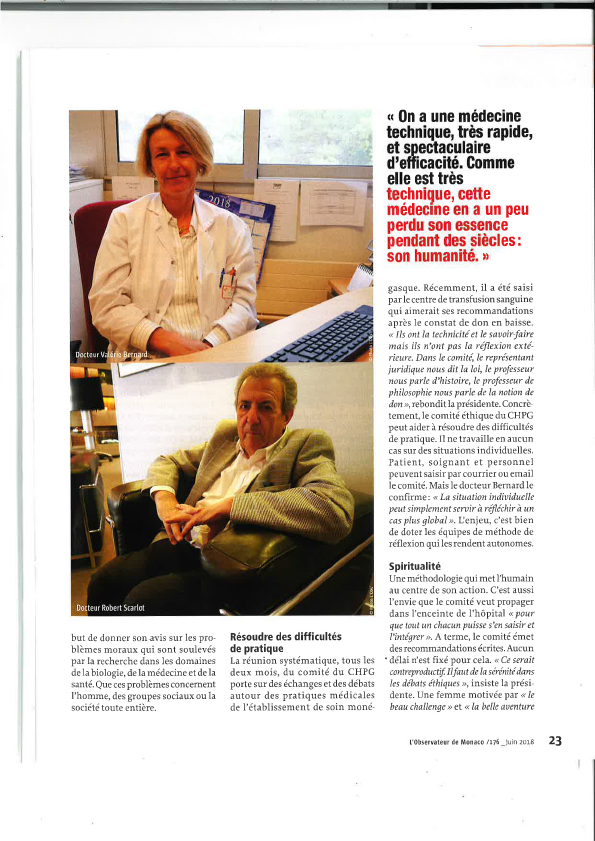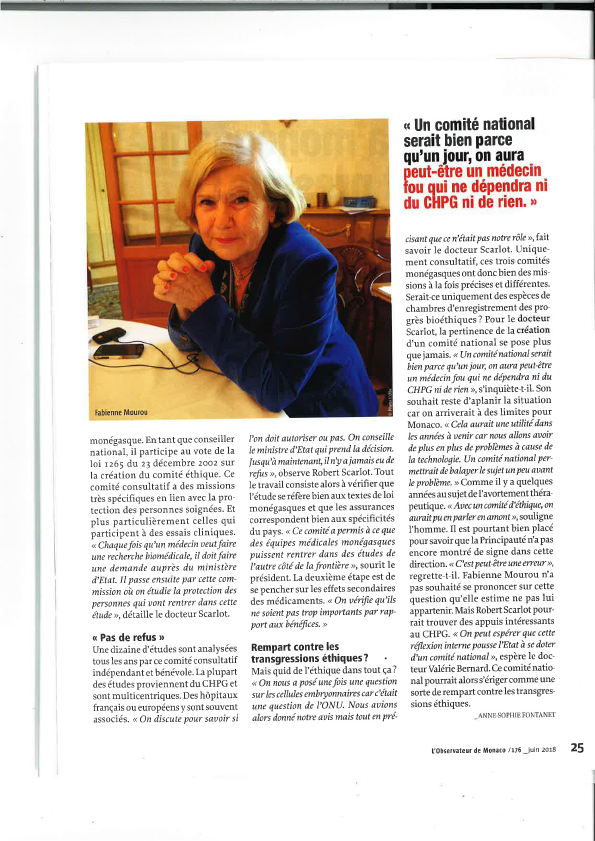Your questions
What is a stem cell?
Recent advances in science have brought stem cells to the forefront. These particular cells of the organism are able on the one hand of self-renewal (regenerative power) and on the other hand, of differentiating into other types of cells.
Stem cells are mainly found in adult tissues, bone marrow, umbilical cord, placenta, fetus and embryo.
Stem cells derived from umbilical cord blood, such as those from the bone marrow or blood, are the origin of cells that circulate in the blood (called “hematopoietic” stem cells).
Answers to frequently asked questions

Transplant of umbilical stem cells is by means of a simple transfusion into the patient, who will have either a genetic blood disease (sickle cell anaemia) or an acquired blood disease (such as leukaemia).
Following preparation of the patient, principally in order to avoid rejection, the injected cells colonise the bone marrow of the recipient.

The world’s first transplant of umbilical cord blood was successfully carried out in 1988 by Professor Eliane Gluckman, on a 6 year old child, using the blood of her sister.
Since then, approximately 40 000 transplants have been carried out worldwide, thus saving thousands of lives.
Haematological diseases : leukaemias, lymphomas, myelomas, medullary aplasias, together with certain hereditary blood diseases such as, for example, sickle cell disease.
It is in the origin, production and use of cells that problems of an ethical nature may arise; these, in turn, will vary according to the laws in force in any particular country.
Umbilical cord stem cells pose no ethical problem; their harvesting, carried out after the umblical cord has been tied off, affects neither mother nor child.
On the other hand, utilisation of cells from a human embryo gives rise to ethical concerns. In effect, taking a cell from a very young embryo can destroy it. Furthermore, embryonic stem cells can cause tumours and rejection if transferred to an animal or a human and cannot at the present time be used in a therapeutic manner for treatment of disease.
There are currently more than 50 public cord blood banks worldwide, storing more than 500.000 conserved grafts ready for use, not only as normal grafts but also for use in advancing research and finding new therapeutic solutions, for there are high expectations in this field.
France, thanks to a voluntary increase in the number of public cord blood banks (there were only 11 in 2012), has managed to amass 10 000 grafts, but more than 30 000 are actually needed.
The extra grafts required therefore have to be imported, at great cost (20.000- 30.000 €) and often incur risks due to the fact that quality standards in other countries may not be as stringent as those required in France.
Private cord blood banks do exist. They charge fees for the harvesting and storage of umbilical cord stem cells, with a view to being able to treat the child should he develop a disease during his lifetime. Some of these banks may present ethical problems, not only from a financial point of view but in respect of international standards of harvesting and graft quality. Furthermore, there is nothing to suggest that a graft of the child’s own cells is necessarily the best therapeutic option; it can often be preferable to use cells from another donor.
Private cord blood banks are illegal in France, as is stem cell harvesting in participating maternity units for commercial purposes. Legislation does, however, vary from one country to another.

They are stored in banks, in liquid nitrogen at a temperature of -180°C. For example, France has 11 cord blood banks, each of them public and storing anonymous, free grafts.
The international foundation, Netcord, sponsors accreditation of public cord blood banks and supports the research and development of the collection process in accordance with mandatory international standards.

Once validated, the characteristics of the harvested cells are placed on an international register, available to all transplant centres worldwide, in accordance with very specific regulations and standards.
The quality of umbilical cord blood can vary tremendously from one harvest to another, with some being unsuitable for grafting. In other cases, blood from several cords would be needed in order to carry out a graft.
There is in existence an international accreditation system, FACT Netcord. There are very precise regulations, authorised by the State, as well as international specifications relating to the exchange of grafts between countries.
In order to regulate the collection, general storage conditions and ensuing use of grafts, it is essential to have the necessary legal process in place. In this way, procedures can be protected, derivatives avoided and confidence established between donors and recipients.
Yes, there are no contra-indications for donation and the procedure is painless both for mother and infant. However, the birth must take place in a participating maternity unit, where the personnel are appropriately trained and the requisite materials available for collection of the graft. If these criteria cannot be met, the umbilical cord is treated as medical waste.
Basic research has already demonstrated that, using these stem cells, it is not only possible to treat numerous diseases of the blood but also to create or repair various other tissue : bones, cartilage, retina, liver, skin, pancreas, neurones, heart, blood vessels.
The properties of placental stem cells lead us to envisage numerous medical applications in the future. There is, however, a long way to go and extensive investment will be necessary before therapeutic use can be made of these developments.
Diabète, immunothérapie, maladies génétiques et thérapie génique. De manière générale, les cellules souches sont très prometteuses dans le domaine de la médecine régénérative et réparatrice, l’immunothérapie des cancers et des maladies infectieuses, le traitement des maladies auto-immunes, la thérapie génique….






